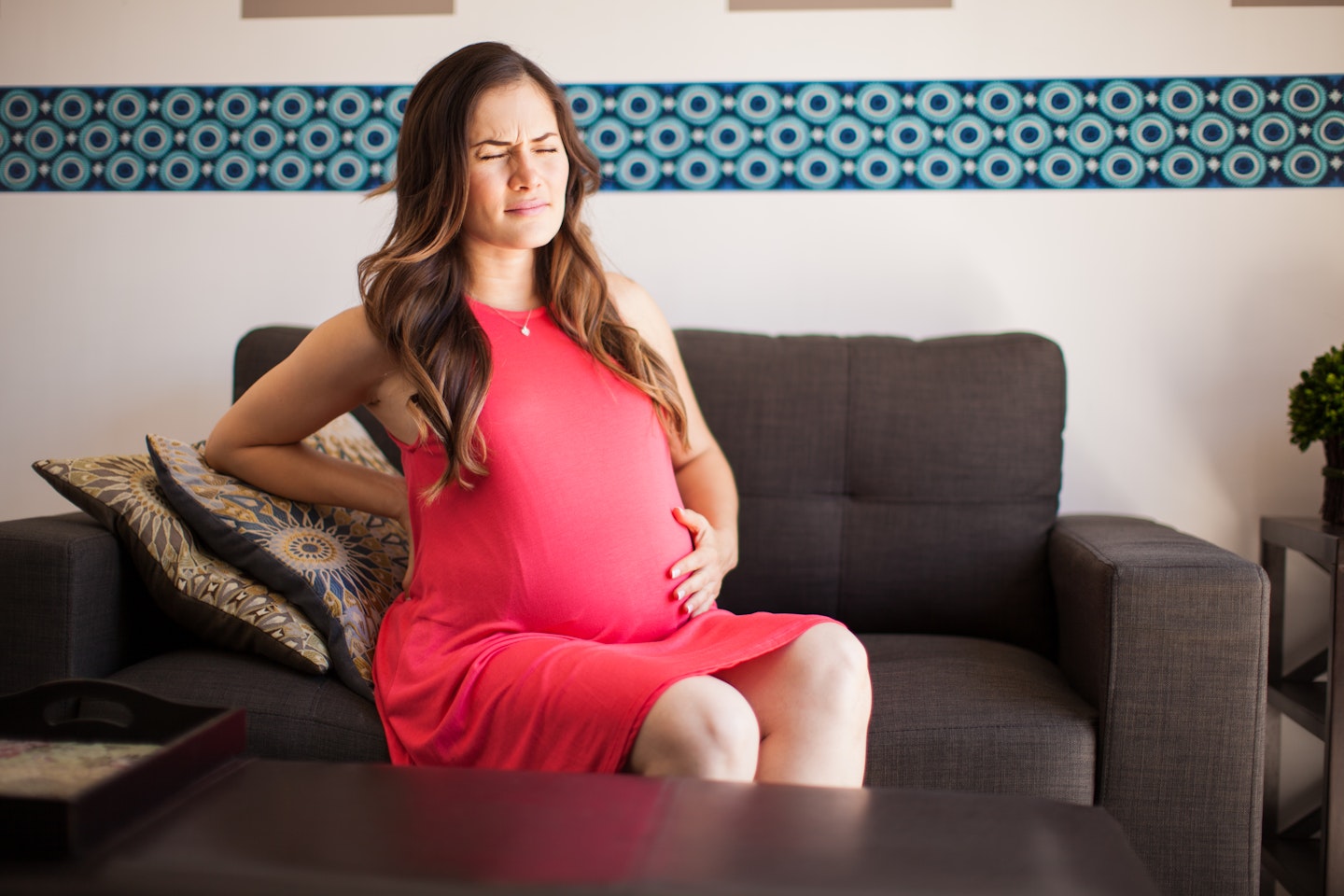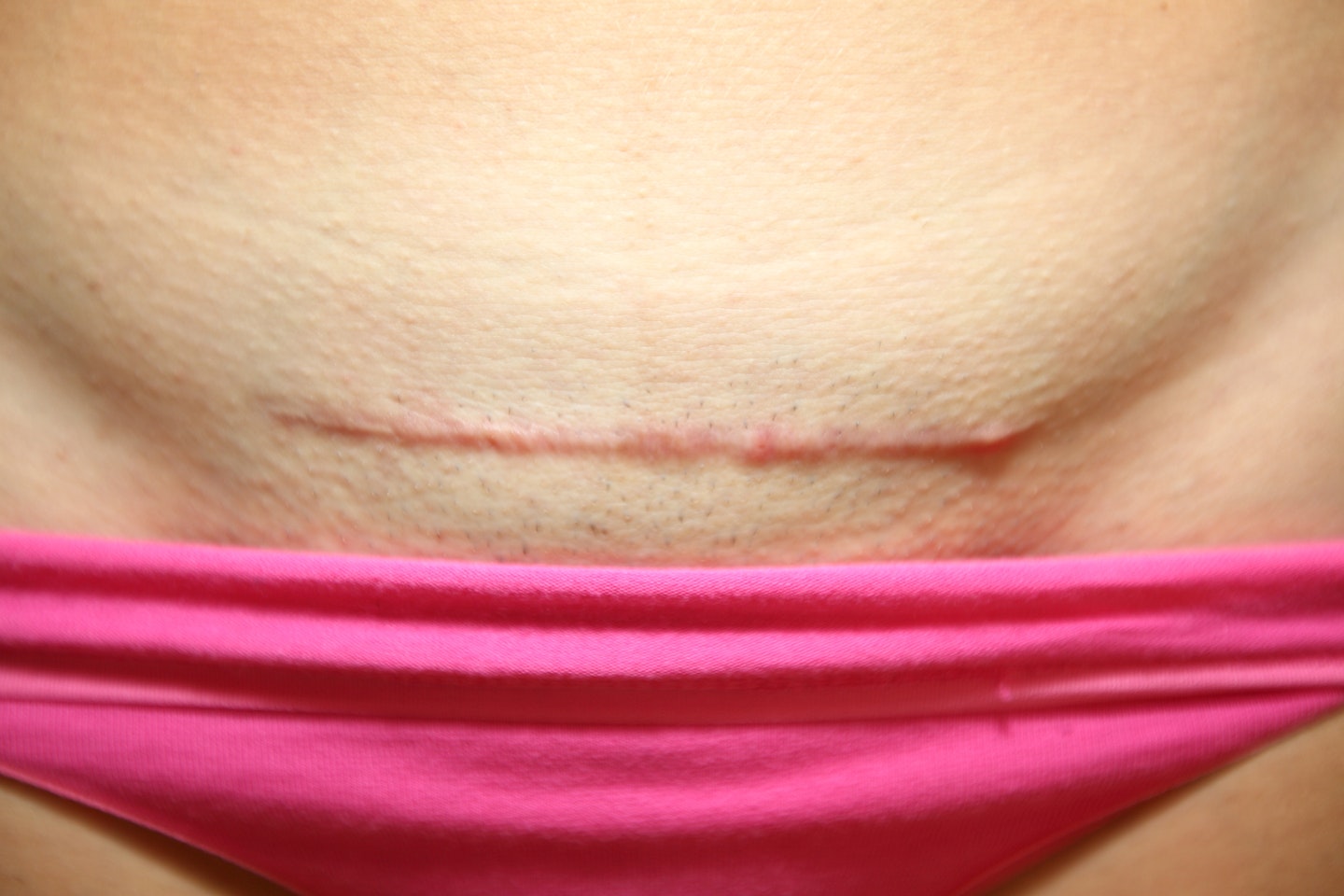When you consider the logistics of birth (how a fully-formed baby get out of so small a space?), it’s no wonder it makes pregnant women everywhere squirm.
But labour doesn’t have to be something to be afraid of. Honestly.
Birth fears
 1 of 6
1 of 61) "I’m scared I’ll tear"
Nine out of 10 women tearto some degree during delivery, although with everything else that’s going on, there’s a good chance you won’t realise it at the time.
Most are minor and heal on their own within around a week, while more severe tears will be stitched up straight after birth and you’ll be offered painkillers.
"Help prevent tearing by massaging your perineum [the skin between the vagina and anus] in the weeks before birth," says independent midwife Virginia Howes.
"Birth positions that put less pressure on this area, such as on your hands and knees, may also help."
 2 of 6
2 of 62) "I’m scared I’ll poo myself"
Considering the amount of pushing that goes on, it’s not surprising many mums-to-be are worried about producing, erm, more than a baby in the delivery suite.
"I cannot stress enough how unbothered we’ll be if you have a bowel movement," says midwife counsellor Sue Frame.
"We’re used to it! You probably won’t notice, and we’ll discreetly clear it away."
Because it’s your baby’s head that forces the poo out, it proves you’re making good progress. If you’re really worried, you can use the toilet during the first stage of labour.
"It’s perfectly safe, and getting up and walking around can even help labour along," says Virginia.
 3 of 6
3 of 63) "I’m scared the pain will be too much"
The intensity of labour can depend on your mind-set, so it’s worth thinking about.
"Pains are productive, as each contraction opens your cervix to let your baby out," says Virginia.
"Try to think about accepting each one as a positive thing and you’ll be able to handle them more proactively."A birth mantra could help.
There are plenty of effectivepain relieverson hand, too, and reading up on the pros and cons of each one will help you make the right choice.
"Don’t be apologetic about your needs," says Dr Kirstie McKenzie-McHarg, a pre - and postnatal psychologist.
"If you want something stronger, ask your midwife." The intensity of labour can depend on your mind-set, so it’s worth thinking about.
It is widely believed among midwives as well as hypnobirthing practitioners, that breathing techniques can go a long way to help manage the pain of contractions.
Try a hypnobirthing course to learn more about breathing, relaxation and visualisation techniques.
According to the hypnobirthing philosophy, even semantics can affect the way in which we handle pain.
At the onset of labour, Kirsty Gallacher, who runs a Birth Preparation Course at Yogahome, suggests using a technique called yogic breathing – it calms and relaxes you, but also energises and helps build strength.
"Inhale into your belly, feeling it rise, then continue the inhalation up into your ribcage, feeling it expand outwards and upwards.
"When your ribs are fully expanded, inhale a little more then expand into the base of your neck, lifting your collarbones and shoulders," she says.
"Exhale to relax your lower neck and feel your collar bones and shoulders drop, before letting your ribcage relax, down and inwards, and your belly fall, trying without strain to allow your diaphragm to push up towards the chest to empty your lungs completely."
 4 of 6
4 of 64) "I’m scared I’ll be induced"
Most labours begin naturally but, if you get to 41 weeks or you have complications, your doctor may suggest an induction.
This often begins with a sweep – where the midwife uses her finger to separate the membranes surrounding your baby from the cervix.
If nothing happens, you may be given a hormone pessary to soften your cervix or drip to bring on contractions.
"The decision always lies with you – you can refuse an induction if you don’t want it," says Virginia.
"However, if there’s a medical reason, such as the risk of [pre-eclampsia]{href='https://www.motherandbaby.com/pregnancy-and-birth/pregnancy/pregnancy-health-conditions-explained/pregnancy-health-a-z-pre-eclampsia' target='_blank' }, you should take this into account."
Also, if you go over 42 weeks, your baby’s health could be at risk.
 5 of 6
5 of 65) "I’m scared I’ll need an assisted delivery"
Around one in eight women will have an assisted delivery. This is either with forceps, which look like metal salad servers and fit around your baby’s head, or a ventouse, which is a suction cap that fits onto his head to ease him out.
None sound great, do they? But they might end up being a godsend.
"Don’t worry if your baby gets bruises on his face or a bump on his head from these," says Virginia. "They’ll disappear within a week, if not sooner."
Read up on what each method is, and tell your birth partner what you prefer, so he can tell the birth team if you are unable.
But there is good news. You’ll get pain relief during the procedure, and the recovery time is quicker than with a c-section.
 6 of 6
6 of 66) "I’m scared I’ll have to have a caesarean"
Although most caesareans in the UK aren’t elective, only around six per cent are real emergencies.
"The term “emergency c-section” is slightly misleading – it’s more accurate to call it unplanned," says Sue.
This doesn’t make the thought less scary, but most unplanned caesareans give you, your partner and the maternity staff enough time to get prepared.
Even in worst-case scenarios, your birth team will still have 30 minutes to get your baby out.
Ask your midwife or consultant to explain exactly why you need it and what it will involve. The more informed you are, the calmer you will be.
